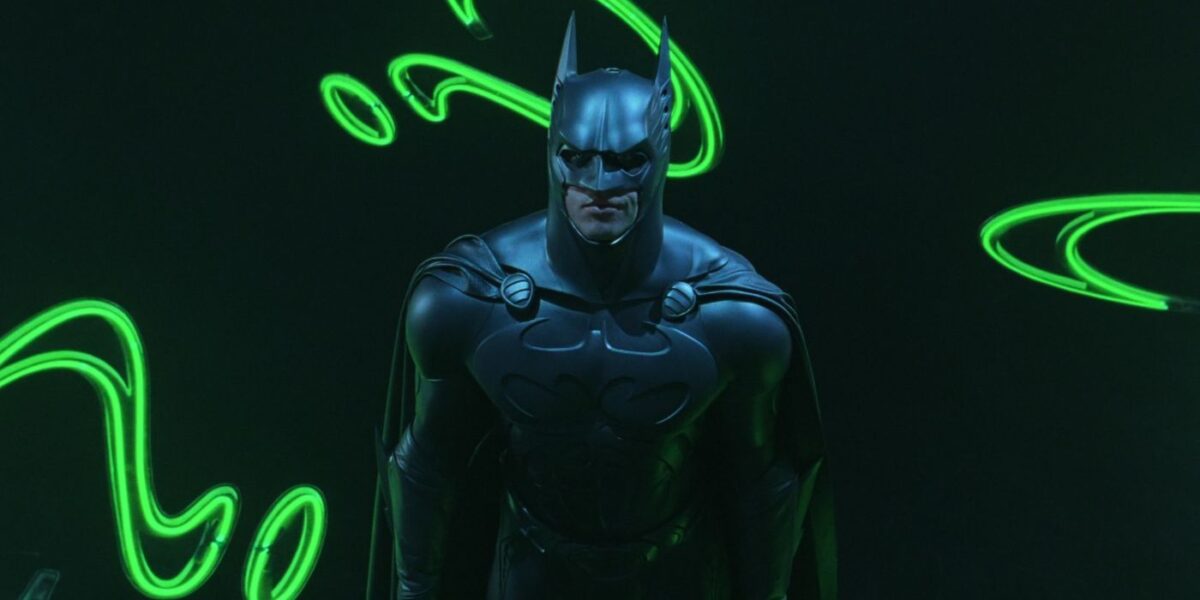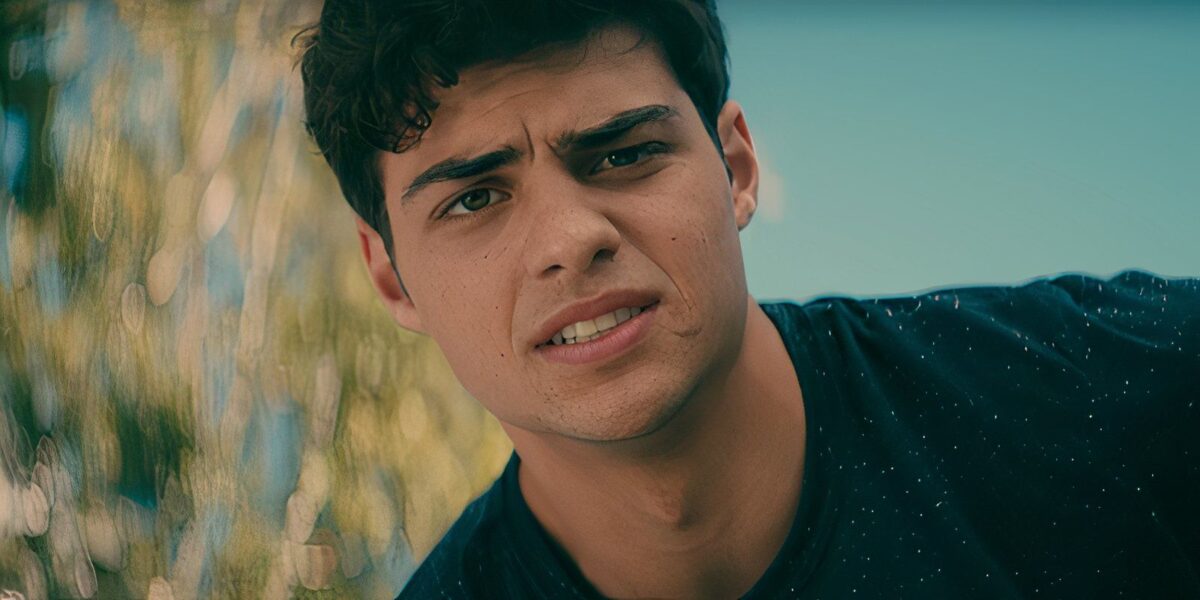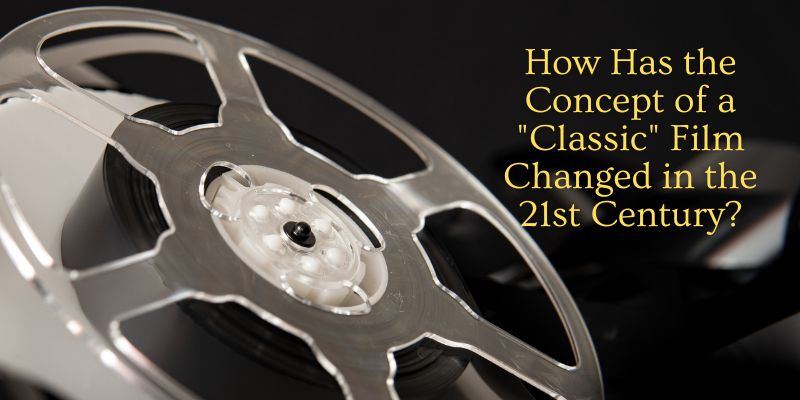
How Has the Concept of a “Classic” Film Changed in the 21st Century?
Mar 5, 2023
Stephen ‘Spling’ Aspeling was invited to join a film panel discussion ‘Rethinking the Classics: A Modern Perspective’ as part of the 3rd Film ‘o Clock International Festival, which takes place across several countries in the 25th meridian east, namely: Romania, Lithuania, Ukraine, Bulgaria, Greece, Egypt, and South Africa.
The Classic Cinema Section of this year’s festival featured a selection of films from each of the host nations: 12:08, East of Bucharest, Children from the Hotel “America”, Iconic Duo Vassilis Vafeas, Land of Fear, Life, Above All, Sofia’s Last Ambulance and The Tuner. Defining what constitutes a classic and the enduring nature of such a classification led to an engaging discussion.
Here are some of Spling’s thoughts and reflections in response to this film festival discussion Q&A.
In this age, it’s become important to sanitise history, retrospectively right wrongs and shine the spotlight on inequalities in the system from the film industry itself to the broader context of society. There are countermeasures at play to help recalibrate representation and inclusiveness, a move that may need to be in effect as an overcorrect until a new equilibrium is reached or a new form of meritocracy is established.
It’s in this see-sawing time, where we feel the need to revise the past, that the notion of a classic has become trickier to quantify or even identity because films are now being judged by a whole new set of criteria. It seems that the viewer now has much more power, bringing their personal politics into play, instead of accepting the film as an artwork with an artist. Somehow it’s become unofficially accepted that since the film is traveling through the public domain, it becomes collectively owned by the filmmakers as well as the audience, who seem to believe it wouldn’t exist without their engagement. This new set of rules is having a noticeable effect, quite distinct in lists like Sight and Sound’s decennial Top 100 as film pundits gradually come to represent more diversity and become sensitive to these imbalances.
There are many examples of problematic films considered classics. From Last Tango in Paris to Breakfast at Tiffany’s, there’s a spectrum of ways a “classic” can become derailed by what was deemed acceptable in its time to stories emanating from the production after the fact, or even indiscretions by its cast or crew months, years or decades later.
Rewrite History, Fix the Future?
In the literary world, Roald Dahl’s beloved children’s books were recently in the media due to attempts from publishers to edit them. Having had several novels adapted to film, this has an implication on this discussion. While the changes were slight, for instance – changing old hag to old crow or man-eating to human-eating, which would be hardly noticeable and doesn’t really impede on the author’s meaning… the revisionist thinking behind these alterations indicates that there’s an attempt to make these time capsules more inclusive, less offensive and more palatable for modern audiences.
A large component of today’s audience wants films to play according to a set of prescribed rules, not take risks, operate without prejudice and fully embrace the latest trends when it comes to filmmaking. This thinking can lead to progress in one sense, but also tampers with the idea of creative freedom. Dictating what can and can’t be done puts limits on this freedom and hampers the artistic process. It can boost creativity to try to fit within this mold but can also make films so blunt they lose their very essence and originality.
When films and filmmakers step out of line, they’re punished or risk being cancelled, real threats that can affect the bottom line. This is why many established directors are talking about the idea of the rollercoaster blockbuster, big budget spectacles that are more concerned with style than substance, a fan service to keep the box office ticking over. While we need studios, distributors and exhibitors to fill seats to stay in business, one wonders how long it will take for “superhero fatigue” and franchise exploitation to start having an adverse effect on attendance numbers.
An over-reliance on CGI has also hurt the idea of film stars, who now seem to be a dime a dozen, undermining the concept of star power to put all the focus on the visual effects, sound design and overall entertainment value.
Then and Now
Old filmmaking techniques and performance styles are less accessible when it comes to modern appetites. The pacing, eye candy and lush aural environments have made modern films about the glimpse rather than the gaze. Being able to watch films almost anywhere and on any device, entertainment is now there as a quick fix, rather than making as full a commitment as you would in a dark cinema. Now, you pay a subscription that enables you to stop and start according to your schedule, rather than watching a film from opening to closing credits in one sitting as intended.
Instead of being completely immersed in the director’s world, you’re on the fringe with filmmakers having to constantly recapture the audience’s attention. In today’s world, the competition is all about winning attention, just as advertisers need to reach and engage people, the same can be said for the glut of entertainment on standby. Now that many have multiple screens and social media, people watch with their phones nearby and are used to hyper-switching, whether distracted by an incoming message or searching for more detail on a specific actor whilst watching the film.
Streaming Platforms and Social Media
What’s become quite interesting across streaming platforms is the idea of older films getting a second life. The old system gave films a few weekends to leave an impression before having another shot at being a dark horse on the home media circuit before being relegated to bargain bins and video store backlogs.
Now with the proliferation of streaming services like Netflix, the power of resurrecting these forgotten titles is showing how they can actually catch fire all over again. Whether it was an accessibility issue or came at a time when the lead’s star power was in its infancy, or released at a similar time to a much bigger attraction, it’s quite promising to see older movies like Stander getting a second trial under a new social context, reaching a predominantly new and possibly even larger audience.
Social media has forced videos to downscale for length, which means short form content has been more of a focus. Reduced attention spans, scrolling on through to the next thing, audiences have been given the luxury of watching and dumping. Even on streaming services, there’s a plethora of other titles to choose from, so if a film or series isn’t grabbing you… move on. Being spoiled for choice, this has put tremendous pressure on the first few minutes or even seconds.
Series, and even films, have now got to grab viewers by the scruff of the neck through edgy stories, shock tactics and wild opening gambits. While there are exceptions, the smash-and-grab approach has turned entertainment into cheap thrills, a flash in the pan… struggling to sustain attention spans over seasons – even with more easily consumed episodic fare.
Show Me the Money
While we may like to think about the lofty ideals of film as art, the bottom line is that film is essentially a product. You need to make your money back to ensure more films, unless you’re in it for the tax break. This profit-driven mindset and bankability is what green lights movies. It’s not even enough to have a big name star, it’s now about ensuring there’s a pre-existing fandom to help market the upcoming release and queue up on opening weekend.
James Cameron’s Avatar broke some of the rules in the way it doesn’t have a traditional fan base and still reeled in record-breaking box office numbers. Cameron has also taken the opportunity to remarket and rerelease his films, such as Titanic and Avatar, ahead of the release of Avatar: The Way of Water. An exception to the rule, the filmmaking game has changed quite dramatically over the years, putting a lot of power behind original straight-to-streaming releases and mega-franchise owners like Disney.
This has led to many remakes, reboots, spin-offs and adaptations… a surefire way to play it safe and capture an eager film-going public. Cinemas have come to rely on tried-and-tested superhero films and animated movies with longer exhibition periods to make some proper money as the percentages turn in their favour.
It’s these runs with movies like Top Gun: Maverick that have seemingly saved the cinema-going experience in the wake of the pandemic on the back of other big spectacle extravaganzas. The tendency to skip over original film ideas has come about due to a fear of backing a loser.
There are enough pop culture properties to keep churning money into remodels rather than invention, making it seem almost impossible for a film such as District 9 starring Sharlto Copley, an unknown at the time, to exist in today’s competitive upcycle and rehash market.
The New Wave of Classics
We’ll probably always have the blockbusters that pander to sensory overload in their attempt to latch onto and mimic the idea of a bliss point rush. These visually-intensive films work well because there’s more of a focus on the universal storytelling elements, able to tell the story without pesky things like dialogue getting in the way.
These kinds of movies aren’t going to change the world but serve their purpose as entertainment powerhouses. The real problem with finding a modern classic is just getting enough eyeballs on them, trying to squeeze their way through all the sound and fury of the blockbuster scene.
Streaming platforms are making it easier for a second chance. What is helping is that these channels are more open to giving directors more creative license to try and make the films they really want to make. The budgets may not be as lush but this forces more emphasis on the traditional filmmaking go-tos. Many of these “straight-to-video” releases are bread-and-butter, tending towards checkboxes and formula rather than reinventing the wheel. However, what’s promising is that these streaming services are attracting more of the established directors like Alfonso Cuarón with Roma or Martin Scorsese with The Irishman to give them platform to express their visions without being overly tainted by conveyor belt or too-many-chefs-in-the-kitchen thinking.
Once this layer of “established” is gone though, we will be trying to figure out who’s left. This will come down to the filmmakers who have had to go the long way round. Werner Herzog is an excellent example of a respected auteur who’s found a way and his pioneering may become a more openly accepted way of creating the next generation of directorial talents without having them go through the blockbuster “sausage machine”. Whether feature film or documentary presentation, Herzog’s helmed the storied classic Fitzcarraldo and documentary classics like Grizzly Man.
Ultimately, it’s a difficult road to walk when it comes to making money and making art but this balance comes down to what sacrifices a filmmaker is willing to make in order to be set apart from hired guns.
Overlooked Classics
Streaming platforms are bringing old films back to life and making them more accessible than ever. However, these licenses are only as good as they last, meaning that some movies may eventually become “lost” to time. The celluloid itself is already at risk, which is why there are many restoring companies to ensure these films live on, however the optical media market has bottomed out and there isn’t a digital library equivalent. Many movie lovers have turfed their film collections, thinking they’ve got more than enough to survive on through streaming, however there’s no insurance that your favourite films or old classics will remain watchable.
Optical media discs such as DVD and Blu-ray ensure that the owners have the license to watch these films as many times as they want and whenever they like, provided they have the technology. So it’s becoming more important for libraries to put focus on movies as well as books. Having these films readily available to students and film lovers could help preserve the art and culture behind these creations.
The culture of the new-toast-of-the-day keeps people transfixed on what’s new and what’s around the corner. Now that everything exists almost simultaneously, perhaps there should be a greater focus on looking back and getting the next generation to put just as much importance on what we can learn from our past. Damien Chazelle’s Babylon ends with a selection of old films from across the century, which shows some of this retrospective thinking about the world of cinema as we know it.
Find out more about the Film O’Clock International Festival.
Publisher: Source link
Godzilla Stomps Into SDCC With New Toho International and WorldWide Sumo Super Power Show! [Exclusive]
Godzilla has been around for well over 50 years in mainstream media, and he’s without a doubt the most recognizable kaiju in the history of, as Hulk would say, big monsters. Fans are accustomed to getting a new movie featuring…
Jun 5, 2025
Warner Bros. Cancels Screenings of ‘Batman Forever: The Schumacher Cut’
Following the release of Zack Snyder's Justice League, DC fans have been on a warpath demanding that Warner Bros. release the original cuts of past DC movies. Alongside David Ayer's version of Suicide Squad, Joel Schumacher's original cut of Batman…
Jun 4, 2025
Predictions, Pep Talks and Calls to Action
This is the article I wish I’d found and gotten to read when I was a queer kid hunting the magazine racks in San Francisco for anything and everything about making films. I’m so proudly a queer filmmaker, and at…
Jun 4, 2025
To All The Boys Writer Set To Adapt Fan-Favorite Fantasy Book From NYT Best-Selling Author
To All the Boys writer Sofia Alvarez is set to adapt a fan-favorite fantasy book from a New York Times best-selling author. Alvarez is best known for penning the adaptation of Netflix's To All the Boys I've Loved Before and…
Jun 4, 2025

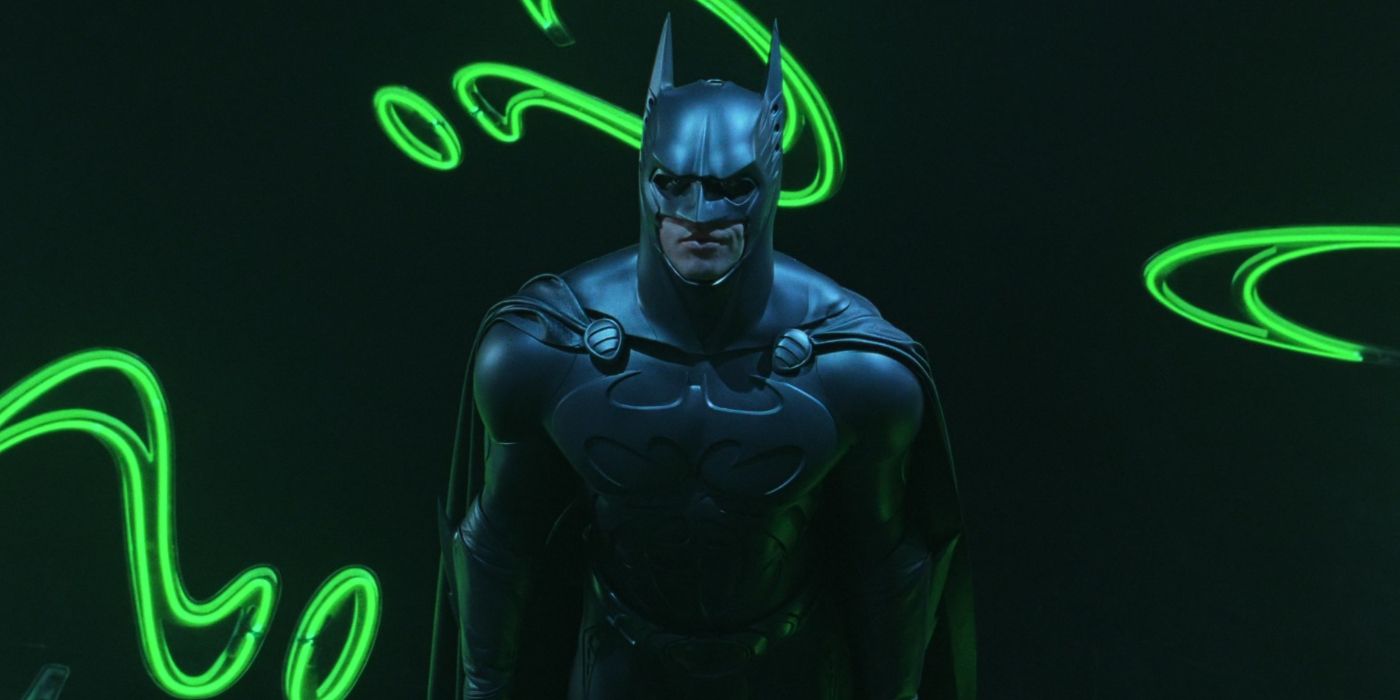

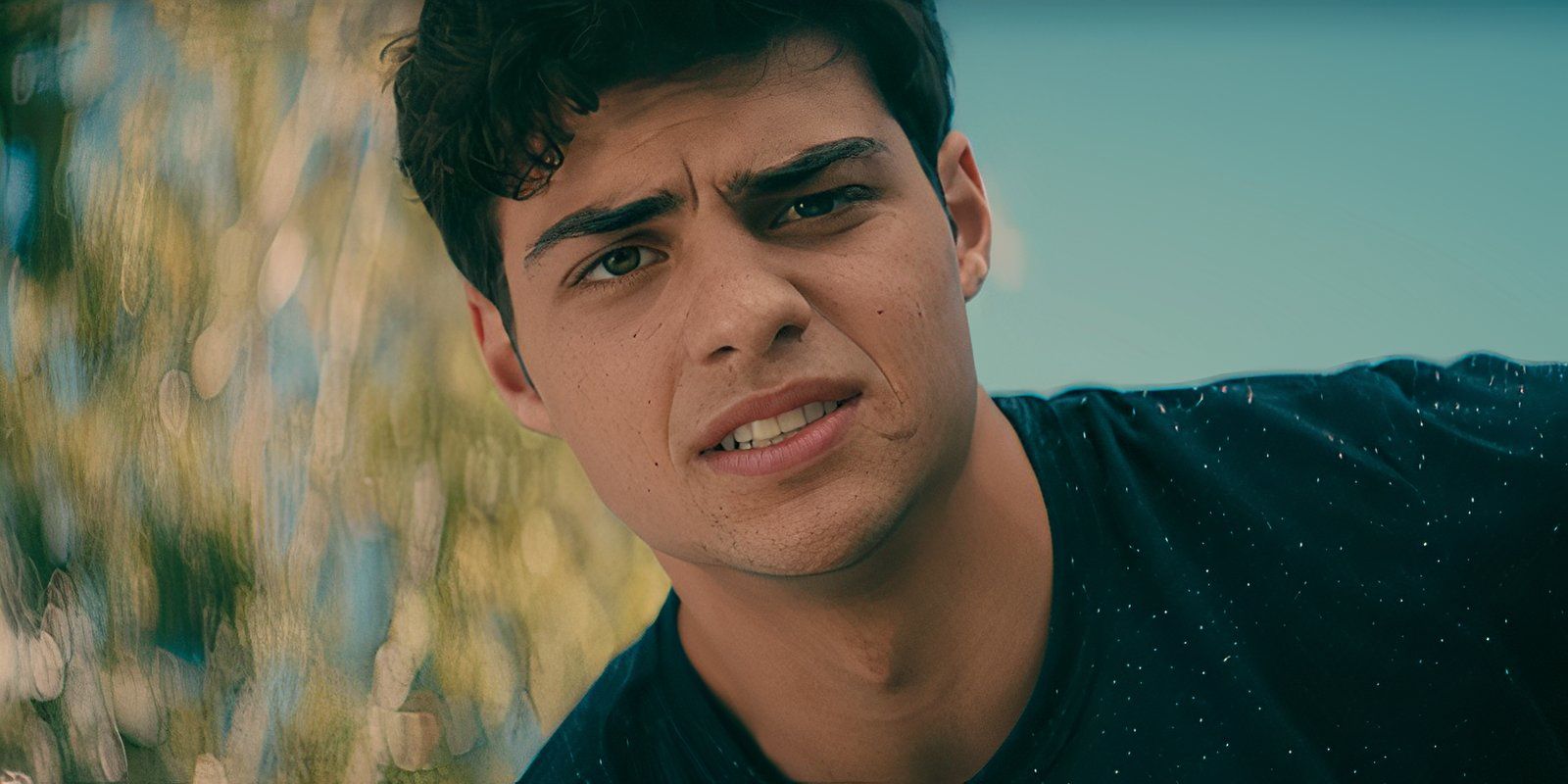



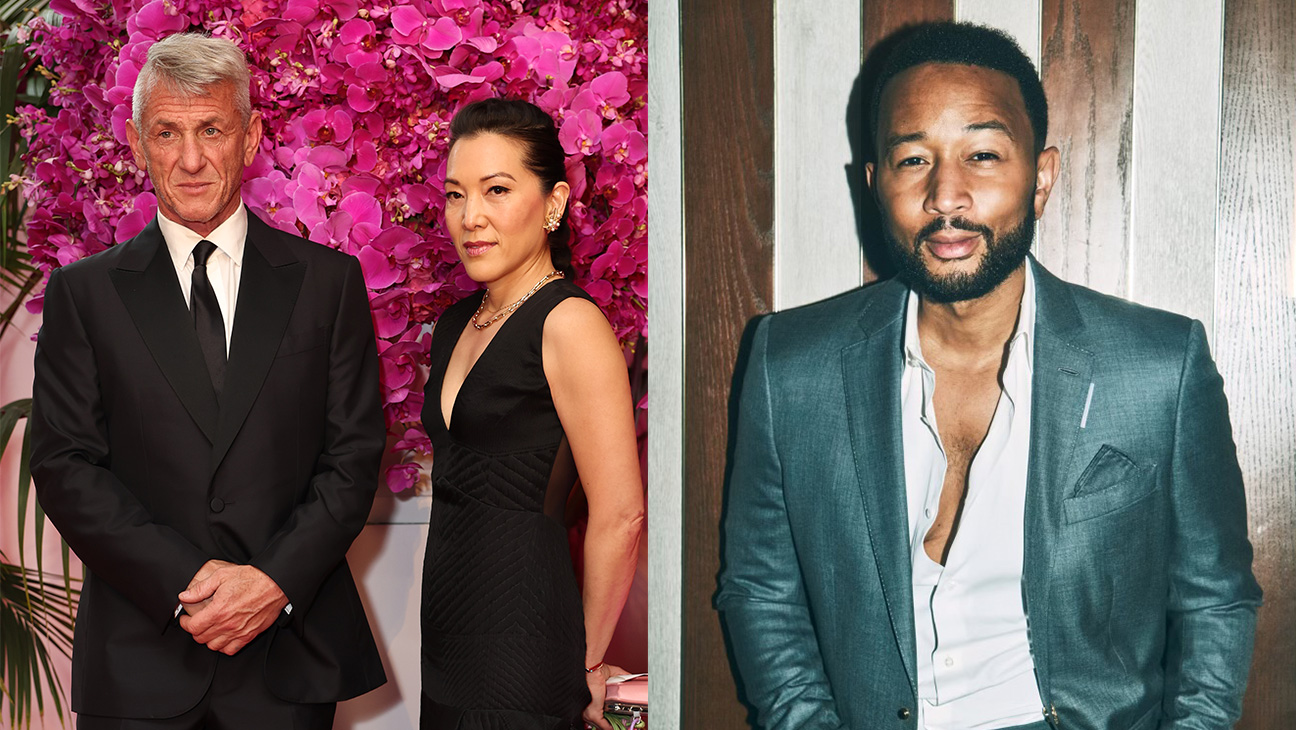
![Godzilla Stomps Into SDCC With New Toho International and WorldWide Sumo Super Power Show! [Exclusive]](https://www.filmibee.com/wp-content/uploads/2025/06/godzilla-toho-1200x600.jpg)
